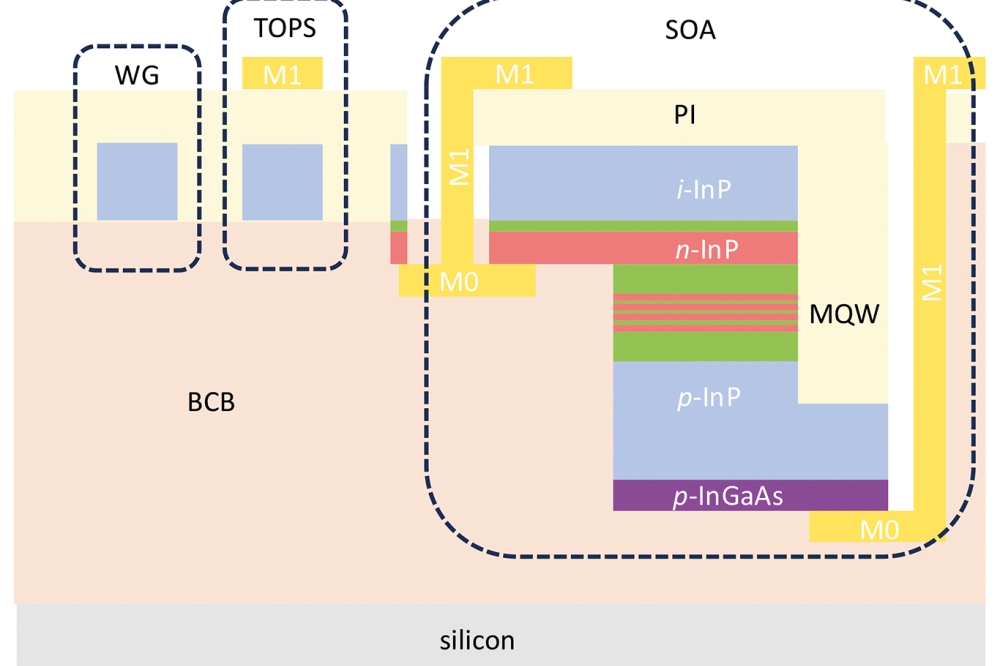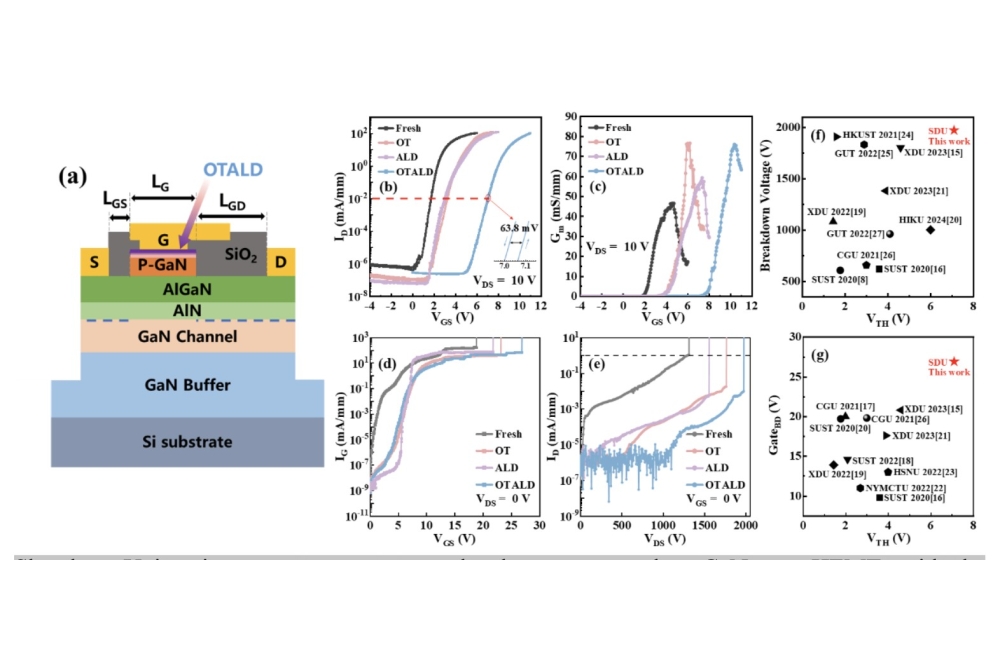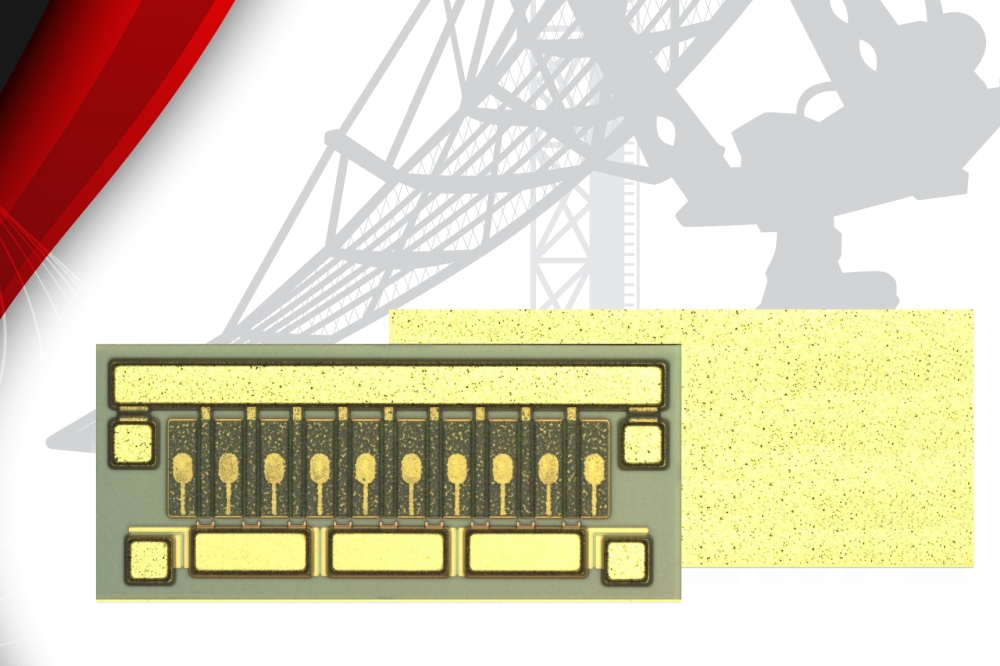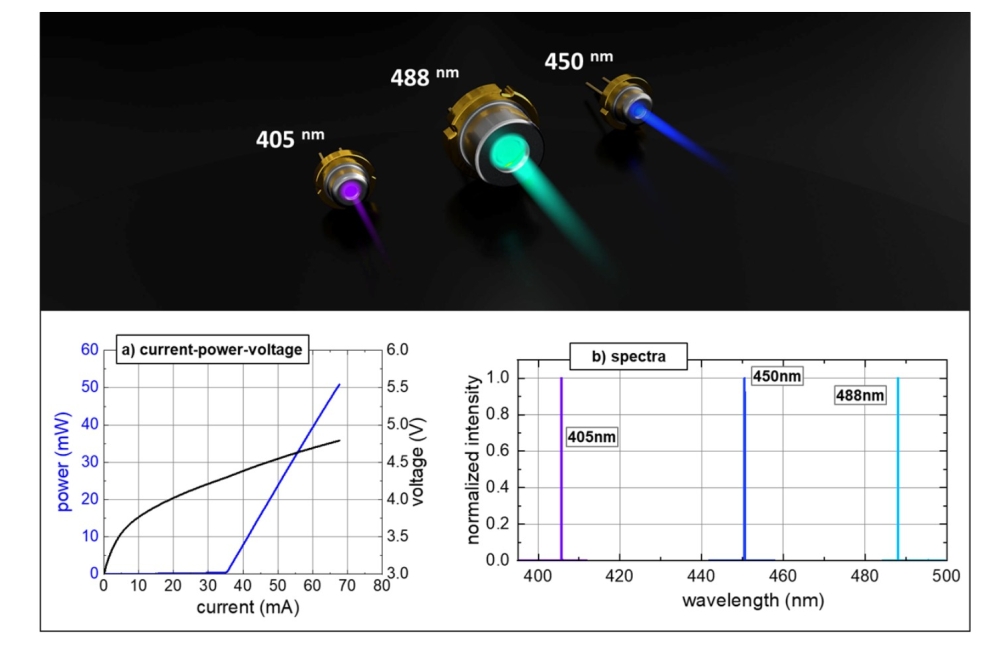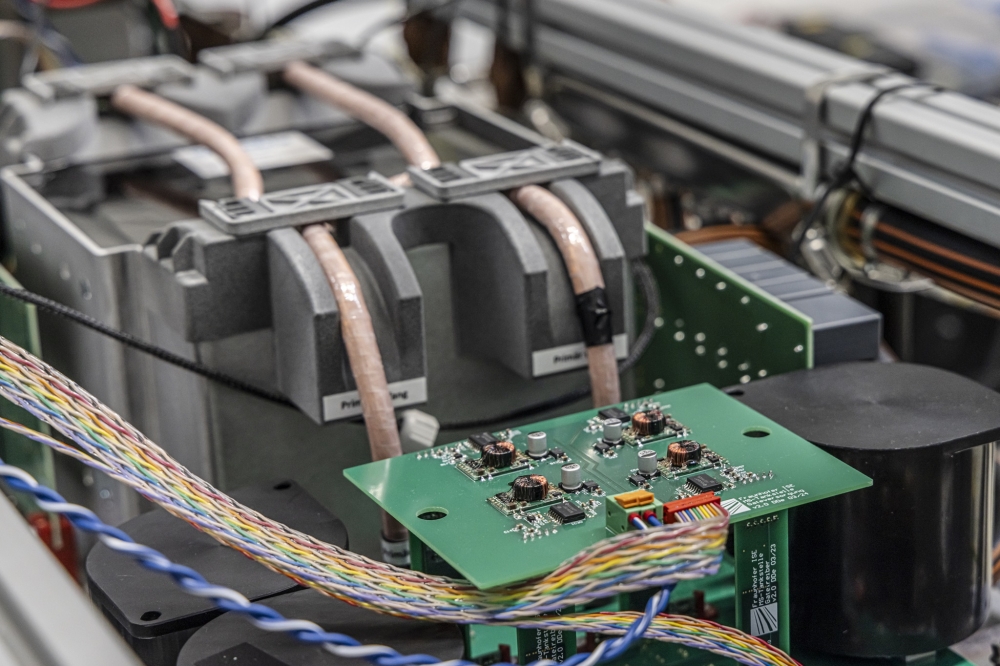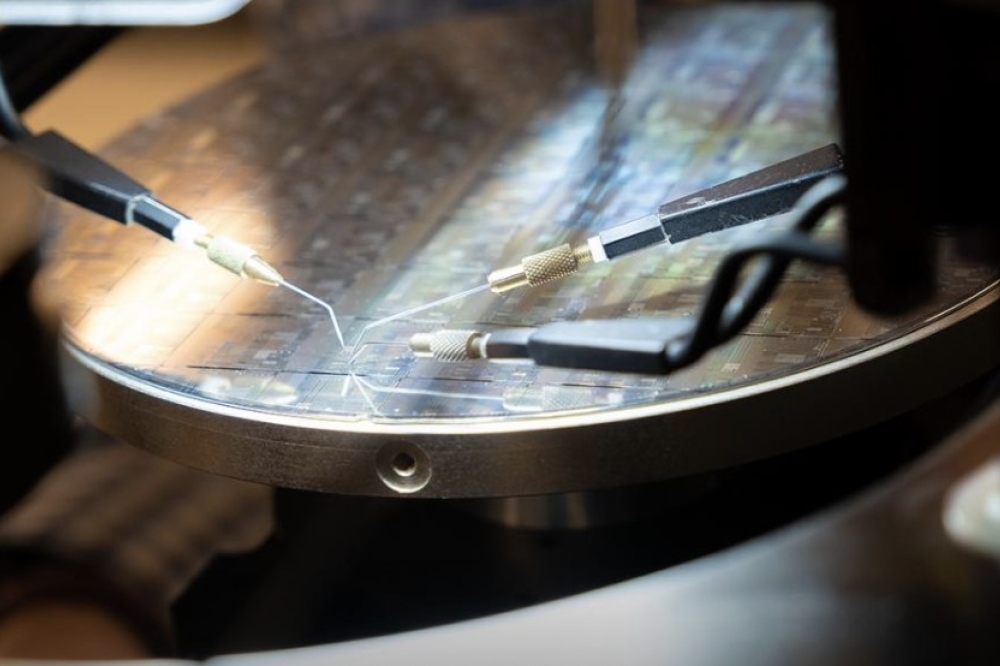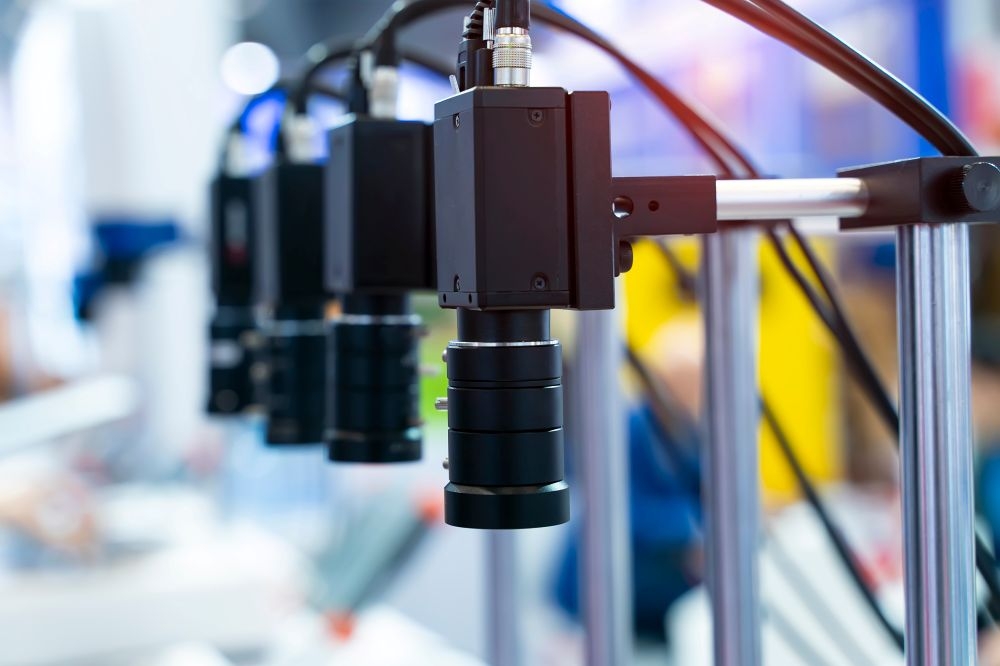GaNo Opto launches SiC Extreme UV photodiode
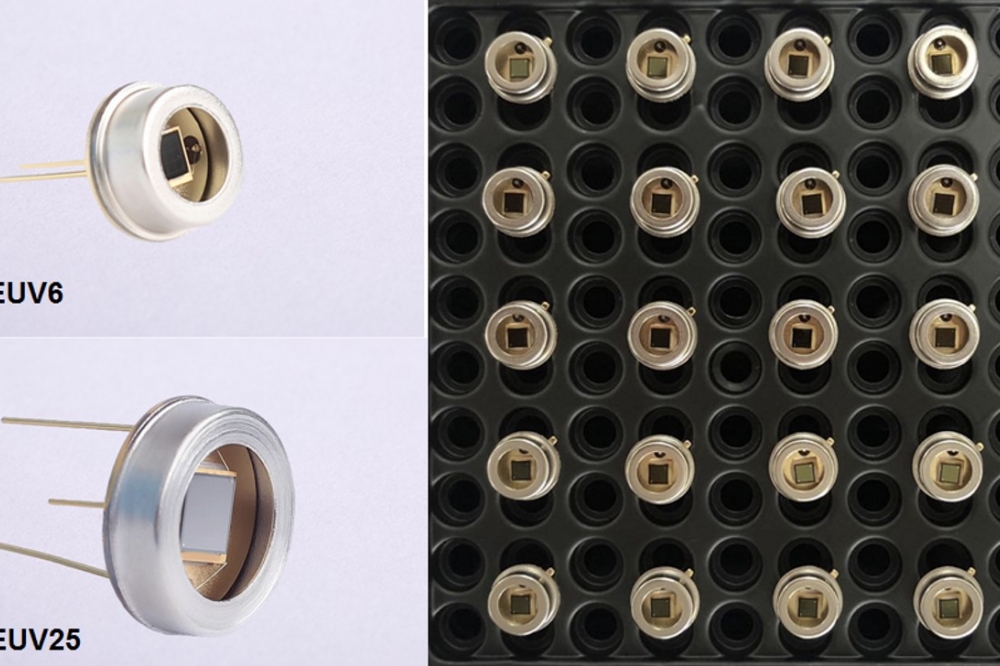
Next step is to develop EUV imaging arrays based on SiC photodiodes, says company
GaNo Optoelectronics Inc, China – which offers UV detectors and modules based on wide-bandgap semiconductors including GaN and SiC – has released what it claims are the first commercial SiC-based extreme UV (EUV) photodiode. Extreme UV is defined as having wavelengths from 124 nm down to 10 nm.
The intrinsically visible-blind EUV photodiodes can work in either photovoltaic or photoductive mode with high EUV photon detection efficiency, high response speed and high stability. After pilot production and multiple customer verifications started from Oct. 2021, GaNo Opto has started to ship SiC EUV photodiodes and components to several major customers worldwide.
Traditionally, commercial EUV detectors are solely based on silicon, which have been demonstrated with certain success but suffer from several intrinsic drawbacks. For example, although Si EUV detectors could exhibit moderate quantum efficiency in the EUV wavelength range, they require highly complex optical filters to achieve a high UV/visible rejection ratio as their peak response stays within the visible wavelength range. In addition, silicon detectors are not suitable for working in harsh environment, which would degrade considerably upon high fluence EUV irradiation.
“It has been well accepted that wide-bandgap semiconductor is the most suitable material for making UV photodetectors,” says GaNo Opto's chief technology officer Hai Lu, who is also distinguished professor at Nanjing University. “Due to the wide-bandgap nature of SiC, EUV photodiodes based on SiC have no response to background white light and could exhibit very low dark current down to 1 pA even at a high temperature of 150degC. It means that the SiC EUV photodiodes have extremely low noise, leading to very high signal-to-noise ratio and detectivity. Meanwhile, it is been confirmed that the radiation hardness of SiC photodiodes is at least 1000 times higher than their Si counterparts, thanks to the high electron-hole pair ionisation energy and displacement threshold energy of SiC semiconductor.” he notes.
In spite of these apparent advantages, the implementation of SiC EUV photodiodes is very challenging due to substrate or epi-related material defects, relatively poorly modelled device operation, and immature device processing technology.
“Our process shows that appropriate surface electrical field modulation and surface passivation techniques are critical for realising SiC EUV phodiodes with low leakage current and long term stability, both of which are necessary for high-end applications in advanced lithography system or space satellites,” Lu continues. “Our next step is to develop EUV imaging arrays based on SiC photodiodes. In this case, uniformity among each photodiode pixels and scalability would be the main technological barriers. New implantation and dopant activation sequences, and backend processing techniques are being developed to achieve this goal.” he adds.
GaNo Optoelectronics Inc is a spin-off high-tech company from Nanjing University, focusing on developing and producing next generation high sensitivity UV detectors, application modules, as well as offering technical consulting services related to UV sensing.
Its UV detector products cover various UV wavelength bands, ranging from near UV to deep UV, and then down to EUV, which have been widely used in solar index monitoring, UV curing, chemical/bio-agent detection, food/water/air sterilisation, water/air pollution monitoring, flame/arc detection and advanced semiconductor processing equipments.

























